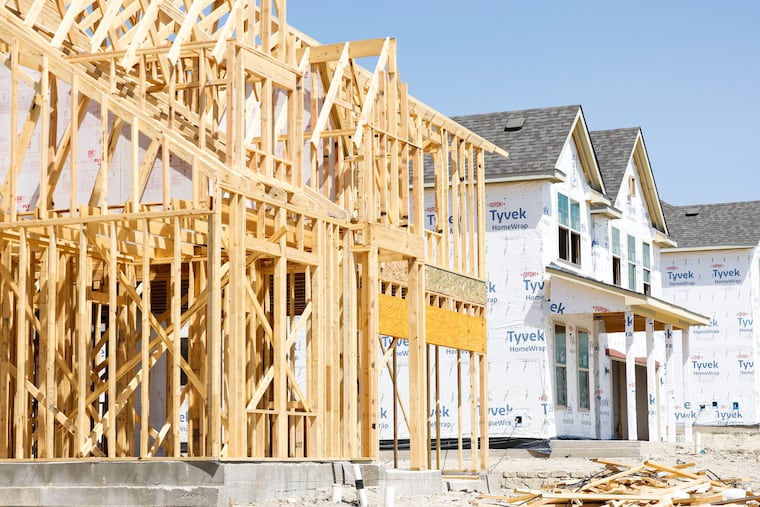Pa. zoning laws are strangling home construction, and lawmakers want changes
Politicians and interest groups from across the ideological spectrum are pushing for changes to boost housing construction in areas where people want to live.

Politicians and interest groups from across the ideological spectrum are pushing for changes to boost housing construction in areas where people want to live.
